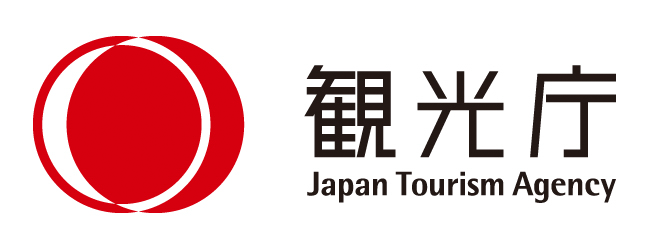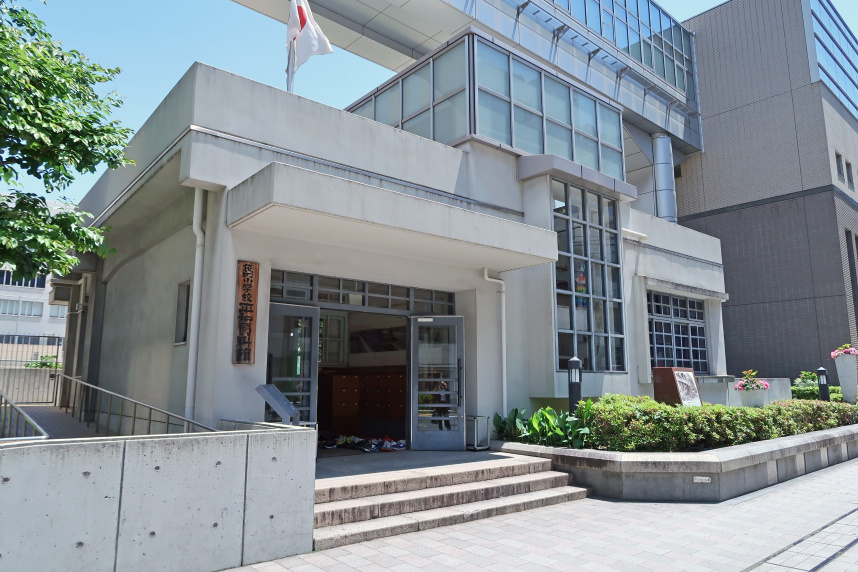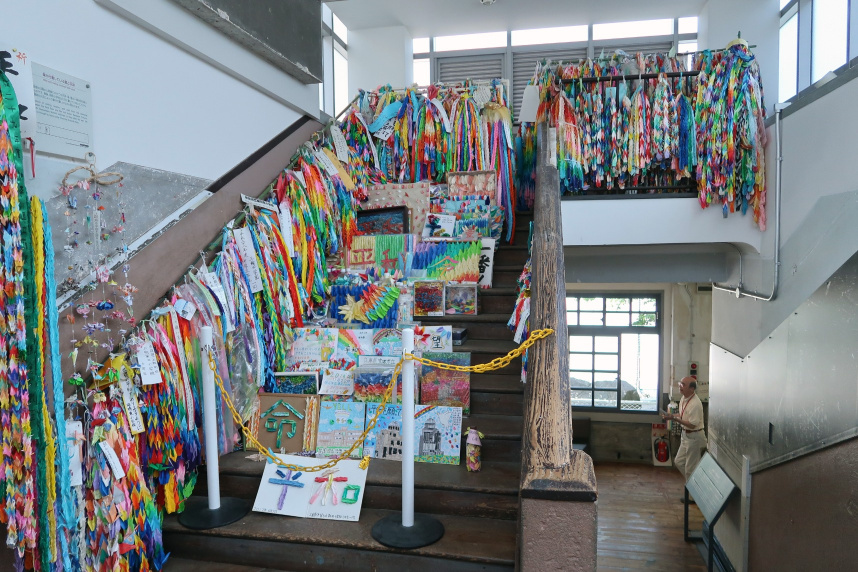 Commentary from Japan Tourism Agency
Commentary from Japan Tourism AgencyFukuromachi Elementary School
Table of Contents

Fukuromachi Elementary School, located 460 meters southeast of ground zero, was a vital part of the relief effort in the aftermath of the atomic bombing. It is now a dedicated museum, where objects recovered after the atomic blast have been preserved. Among these are handwritten messages scrawled by desperate survivors in the days following the attack. These artifacts offer us a tangible, heart-wrenching link with those who experienced the world’s first act of nuclear war.
Fukuromachi Elementary School opened on this site in 1876. It was constructed with timber, as was typical of its day. The west school building, which now houses the museum, was added in 1937. Though the school’s original buildings were completely destroyed in the bombing, the more modern reinforced-concrete construction of the western annex enabled its outer shell to remain standing. By the time of the bombing, most students of elementary school age had been evacuated from Hiroshima. Some remained, however, and of the approximately 160 still attending Fukuromachi, all but a few perished. Sixteen school staff members were also killed.
Three of the pupils who survived owed their lives to the west school building’s then-contemporary construction. When the bomb was dropped, these three individuals were inside a part of the building that still stands to this day, then as now situated 3 meters below street level. One of these children, who had been playing outside barefoot, had just been ordered inside the building to get his shoes when the bomb went off.
The day after the bombing, the school was pressed into service as an emergency relief station for treating survivors. Swiss-born physician Dr. Marcel Junod (1904–1961), then Chief Representative to Japan of the International Red Cross, played a key role in these relief efforts. Junod tended tirelessly to victims, treating almost 100 patients each day at Fukuromachi. The doctor is honored at the museum by an outdoor plaque bearing his likeness.
Fukuromachi reopened as a school in June 1946, attended by 37 students and staffed with three teachers. The repaired west building was used for many years; eventually, after it was no longer repairable, it was rebuilt with one section selected for preservation. It was only in 1999, when local officials were scraping plaster off a wall, that a survivor’s scrawled message was discovered. Further messages were found, leading to the decision to expand what was originally a preservation project into a full-fledged museum.
